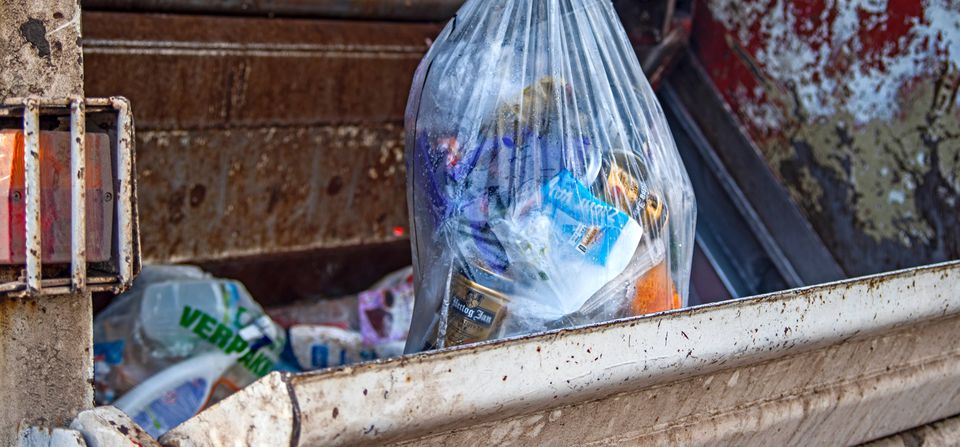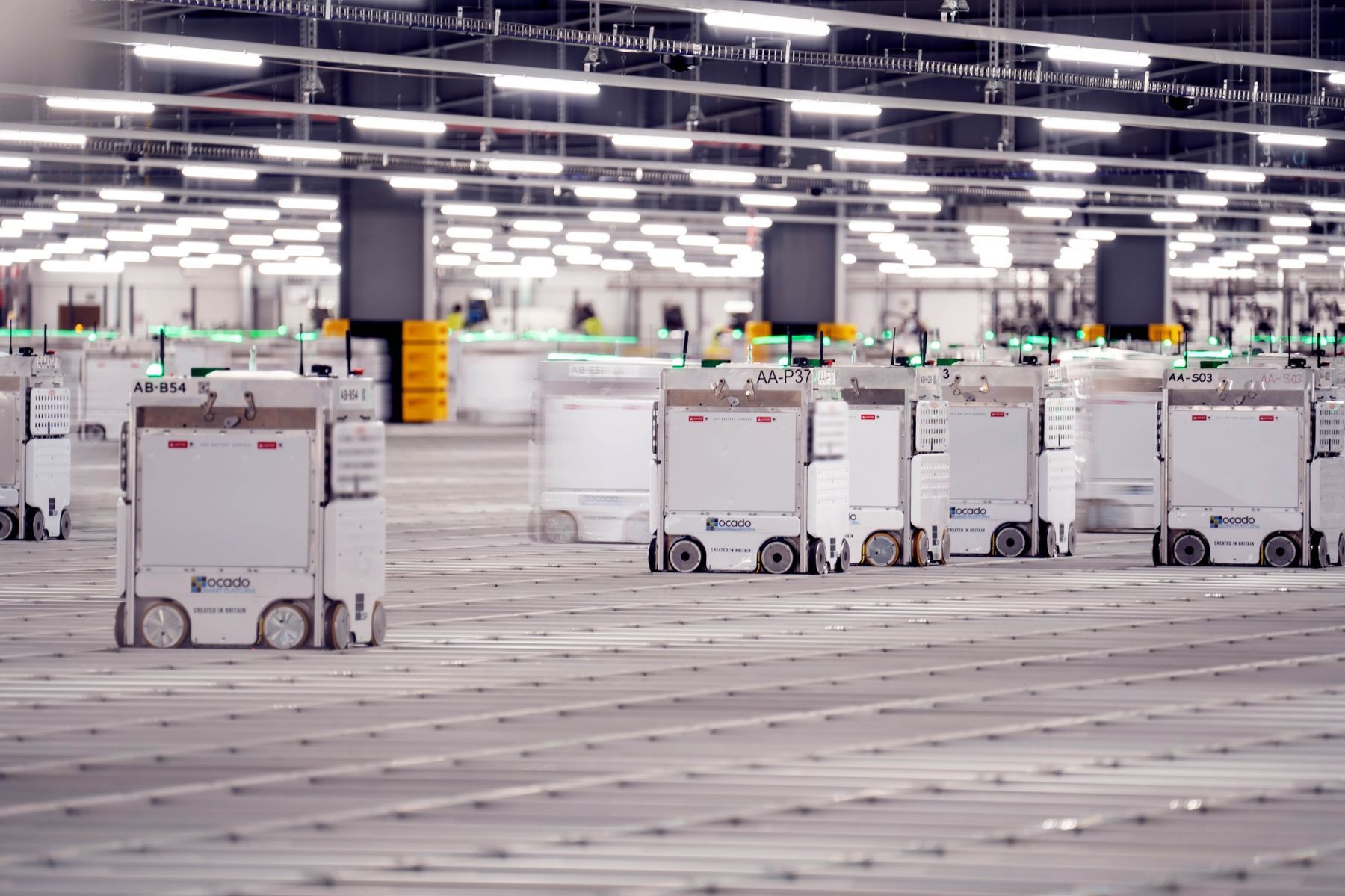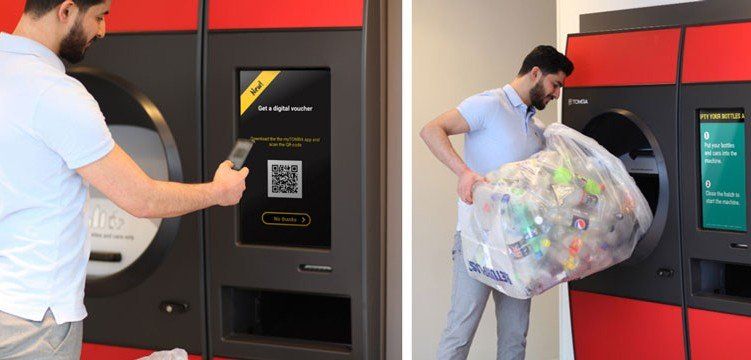Investing for a Zero-Net 🌎 part 2

In the first part of this post, I suggested 4 pillars of investable opportunities to help and benefit from our march toward a zero carbon emissions world:
- infrastructure and logistics to cope with climate change risk,
- search for energy efficiencies,
- renewables,
- and carbon removal / offsetting.
We already talked about the first one, now let´s talk about the search for efficiencies.
To meet the Paris´ agreement 2°C goal, a lot of emissions cut will come from improving efficiencies of current processes and infrastructures, about the same amount that will come from renewables, according to the International Energy Agency. Greater efficiencies do not only mean meeting the Paris agreement target, it also means cost reduction for most companies, which makes this pillar the most likely to succeed.
To solve the search for efficiencies, companies need advice
A bet I am looking at is Schneider Electric. Its CEO put it that way: "Our mission is to develop digital solutions for sustainable development by combining energy and automation to reach a higher level of efficiency... The first way is to be the adviser and the partner to support our customers in the transition toward sustainable development, with 70% of our turnovers based on technologies that serve sustainable development, this is what we call the green revenue". This is some decent exposure to, and leadership in, the global search for efficiencies! For example, they implement their know-how and technology in factories and distribution centers to reduce their energy consumption, and sometimes even produce excess energy to be distributed to the neighborhood. They also recently partnered with SolarEdge to start manufacturing a consumer product for smart homes improving their Solar energy production and consumption.
So this one will definitely go into my watchlist, stay tuned and subscribe to receive the full analysis of Schneider Electric in a near future. Siemens is another behemoth in that field that I will be watching, as they also clearly declared their focus to be helping their clients build "more agile and productive factories, more efficient infrastructure buildings and grids, more reliable and sustainable transportation".
Once they get the advice, they need to implement the technology, starting with general transportation
Schneider and Siemens sell both advice and technology to help their customer meet their efficiencies target, which makes me like these bets even more. But I can think of another bet that plays into this field: Life Storage. This is the third time I mention it, first because of an insider move that caught my attention, second because it offers a solution to the logistic challenge presented by climate risk. Now I am mentioning Life Storage again as a way for companies to optimize their inventories to limit the amount of emissions needed for transportaton, thanks to their Warehouse Anywhere software and self-storage network offering.
Scania, a truck manufacturer, says the average lorry is only 60% full. This makes GPS tracking a must have, which in turns generates loads of data that feed route and load optimization algorithms. Besides the usual suspect when it comes to cloud and big data, there is something else that caught my attention. Uber announced last month that its freight platform had received a $500 million investment from an investor group led by Greenbriar Equity Group. The investment values Uber Freight at $3.3 billion, not bad. Uber Freight is a logistics platform built on the power of Uber to reshape global logistics and deliver reliability, flexibility and transparency for shippers and carriers. Since launching in 2017, Uber Freight has built one of the world’s largest digitally-enabled carrier networks reducing inefficiencies in pricing and booking freight. Today, the business counts over 65,000 carriers in its network and thousands of shippers as customers, from small businesses to Fortune 500 companies. That makes Uber a good bet to take advantage of the Lorry logistic optimization.
Efficiencies in the food logistics come next
Also known as "Agtech", this is the world of tech innovation in the food industry. There are plenty of interesting developments in this field, but there is one that catches my attention: vertical farming. What is vertical farming? Vertical farming is the process of growing crops vertically layered stacks in controlled environments that maximize yields while minimizing inputs. Vertical farms can be placed anywhere, including urban environments and distribution centers. That means produce can be grown close to consumers, and lower the carbon footprint of the global food logistic.
Investing in this early trend is not that easy though, and my favorite bet here is not a farm, nor a farm provider, but an e-grocery. In June 2019, Ocado acquired a majority (58%) stake in the Jones Food Company, a UK vertical farm, for £17m. The group has also entered into a three-way equal-weighted joint venture in Infinite Acres, in which it has partnered with US vertical farming company 80 Acres and Dutch horticultural expert Priva. Since the grocery opportunity has become so much larger recently, Ocado is now re-allocating resources from some of the opportunities beyond grocery to focus on further developing the grocery platform. The company is generally looking at businesses where the IP it has developed can be of relevance. What kind of IP? Well the kind that makes 6 other grocers, from Japan to the US, pay Ocado to help them set automated warehouses. Plus Ocados just bought two robotics firms. Its CEO expects to build vertical farms inside Ocado grocery facilities at some point. Robotically picked super fresh food. An attractive selling point.

Lower packaging carbon footprint and circular economy
Most packaging depends on one material: plastics, which have carbon-intense life cycles. Plastic resins usually come from petroleum, which requires extraction and distillation. Then the resins are formed into products and transported to market. All of these processes emit greenhouse gases, either directly or via the energy required to accomplish them. And the carbon footprint of plastics continues even after we've disposed of them. Dumping, incinerating, recycling and composting (for certain plastics) all release carbon dioxide. All told, the emissions from plastics in 2015 were equivalent to nearly 1.8 billion metric tons of CO2, according to the University of California - Santa Barbara.
So what will replace plastic? Probably a more efficient plastic... Thinking of getting rid of plastic is utopic, plus plastics are part of a lower-carbon economy. Think about the auto and aviation industries – where lighter-weight plastics have helped increase auto and plane fuel efficiency while decreasing related greenhouse gas emissions. Plastics also provide the world’s growing population with more access to fresh foods and safe drinking water while reducing food spoilage and waste. That translates directly into lower carbon emissions in the supply chain, plus a better and healthier quality of life for people. So plastic is not bad in essence, its waste and carbon intensive production process are.
Then how can we make plastic more efficient? There seem to have 2 main ways today to make it happen: recycling and making bio-based plastics. Each of these solutions sounds simple but is not.
Take recycling, for example, only 10% of plastics worldwide are being recycled, and once mechanically recycled, the plastic loses some of its properties, which makes a third time recycling usually useless and ends up in waste streams. There is a lack of recycling infrastructures, plus only a fraction of plastics are actually easy to recycle. Chemical recycling instead solves part of these challenges, it consists of depolymerization that breaks down plastics into their raw materials for conversion back into new polymers. Pyrolysis, heating of organic material in the absence of oxygen, can turn mixed plastic waste into naphtha, which can be transformed back into petrochemicals and plastics with the same properties as a brand new plastic. This kind of recycling, according to a 2019 report from the American Chemistry Council, could create nearly 40,000 direct and indirect U.S. jobs, as much as $2.2 billion in annual payroll and $9.9 billion in direct and indirect economic output. Up to now, this kind of recycling was not cost-efficient enough to go mainstream, but plastic makers including BP and Dow, and consumer packaged goods companies such as Coca-Cola, Danone and Unilever, are testing or investing tens of millions of dollars in enhancing the technology, according to the Wall Street Journal.
Bio-based plastics, on the other hand, are produced from plants, which capture atmospheric CO2 as they grow. If they are composted, carbonaceous materials in bio-plastics are released back to the atmosphere as CO2, which makes it "almost" carbon neutral. But Bio-based plastics are not equivalent to normal plastic yet in terms of properties, and the current Bio-based plastics final products are usually mixed with normal plastic. So combining chemical recycling with bio-based production is probably the cleanest solution today.
2 companies I know of are making significant progress in solving this challenge of making plastics more efficient: DOW Inc. and Eastman Chemicals.
DOW's ambition includes "becoming the most sustainable materials science company in the world". This includes enabling a shift to a circular economy for plastics by focusing on resource efficiency and integrating recycled content and renewable feedstocks into its production processes. As part of that strategy, Dow both include chemically recycled feedstock and wood-based renewable naphtha to produce more efficient plastics.
Eastman Chemicals have a similar vision, making plastics and fibers from both recycled and bio based plastics, such as in its patented "Naia Renew" brand, aimed at the apparel market. Yes "Polyester", used in many of the clothes we wear, is plastic, and a hard one to recycle. Eastman now provides a fully circular economy option to the fashion industry, as it produces this Naia fabric from 60% sustainably sourced wood pulp and 40% certified recycled waste plastics. According to its CMO "there's zero trade-off... This is truly using waste material with the same quality as standard material... We want to push circularity and make sustainable fashion accessible to all. We don't want to be niche". I like the fact that the company goes beyond the plastic bag and provides industry specific and patented solutions. The recycled plastics feedstock is generated via Eastman's patented carbon renewal technology, "Eastman CRT", that breaks down waste plastics, such as post-consumer carpet fiber and plastic packaging materials, into basic molecular building blocks for the manufacture of new products. What is truly revolutionary is that this tech allows Eastman to modify the front end of their production chain to be able to accept waste plastic, not just 1 type, but a whole bunch of different types of waste plastic and even "mixed plastics. many of such plastics would typically NOT be used in mechanical recycling and, therefore, end up in landfills. Plus this gives Eastman a critical advantage and pricing power over DOW when sourcing bio-based feedstock.
And this is not just focused on textiles, but applicable to packaging and ophthalmics. Plus Eastman seems pretty intensive on its Research & Development initiatives, investing approx. 2.5% of its revenues in it (vs 1.7% for DOW). In their last earnings call, they mentioned working on another carbon renewable process, named methanolysis, where you can "unzip waste plastic into its monomers and use DMT and ethylene glycol to make what essentially is virgin plastic at the back end of that".

Now chemical recycling does not make sense for every kind of material, and the "easy to recycle" ones, such as plastic bottles and steel cans, will still use mechanical recycling for a long time. This kind of recycling can happen in recycling plants, or closer to the consumer in "reverse vending machines", which incentivize the consumer to bring their waste to these machines in exchange for coupons or money. In both cases, more technologies are put to use to make the process of sorting waste more automated and intelligent. Tomra Systems is one of the leaders in providing such machinery and tech, including to Waste Management, the biggest waste manager in the US.
Giving waste a second life beyond recycling
Most of the waste still goes to landfills, and probably will for a long time, but this is another area of opportunities to look for efficiencies. The traditional waste landfill is probably the most inefficient use you can make of land, but sadly necessary. US biggest waste landfill manager, Waste Management (WA), is an interesting company that is transforming these lands to give them a "second life". 124 of their landfills are engineered so as to install solar farms, golf courses or even wildlife reserves. Plus they manage to create renewable energy from the methane gas produced by the waste and reuse it in their waste collection fleet.
Finally, they need to constantly measure and test their results
Companies such as Waste Management that take their sustainability engagements seriously all govern their results based on third parties audits. These specialized firms expanded to testing, inspection and certification of carbon footprints, such as Intertek, Bureau Veritas and SGS. With corporate investors more exigents on ESG standards, such as BlackRock, the need for these kinds of services is growing to get access to better financing. 37% of Bureau Veritas´ Q3 2020 revenues came from their "Supply Chain & Sustainability core services" line. It consists of food management systems & products certification, transportation management systems certification, enterprise risk & business continuity, cyber management systems, CO2 emissions trading verification, sustainable development, and wood management systems certification (which is used by the likes of Eastman Chemicals and DOW Inc. to for their wood pulp sourcing).
As far as SGS is concerned, as much as 60% of their last quarter revenues came from their suite of soil, water, air, waste and hygiene consulting, inspection, monitoring and analytics services.
Now what?
What I am sharing in this post, just as the last one, is my investigation process to find potential bets to invest in. This is only the preliminary phase to invest, where I add these companies to my watchlist. My next step is to go deep in each of the companies mentioned, following my scoring method, to see if it´s a buy or not. Make sure to subscribe to be updated when I take the time to score them!
That´s it for today gang, if you want to see my live portfolio, see my stats, or even copy my trades, you will need an account with eToro, which is the broker I use. In case you wonder how to invest in all these companies, I do it through Etoro. In case you do open an account with eToro, use this referral link, let me know and you win 100 USD cash. If you have an account, you can look for me by my username "Nrikike".
The author of this post owns shares of Life Storage and Ocado. The Rookie Investor recommends these stocks. The Rookie Investor has a disclosure policy.